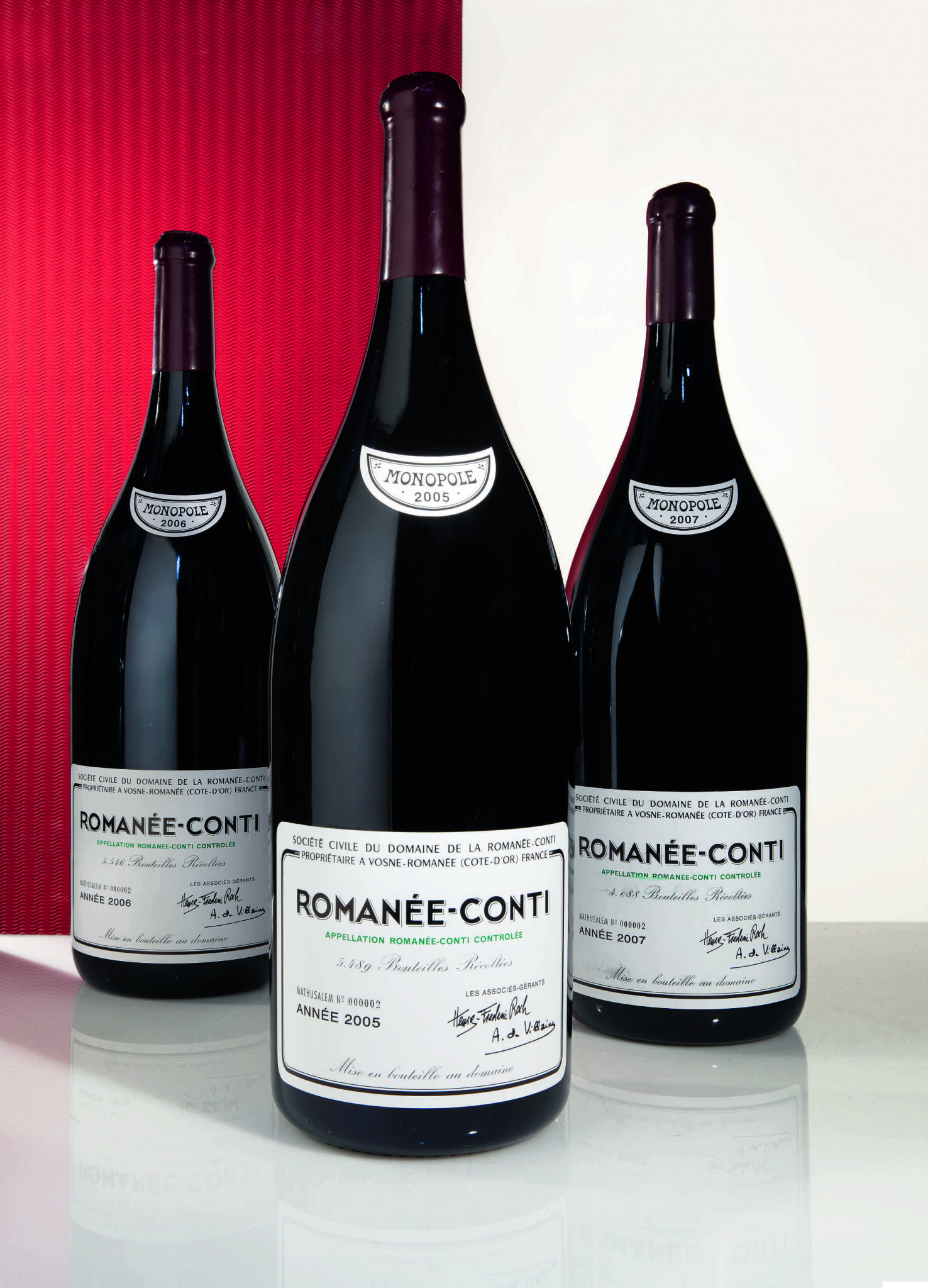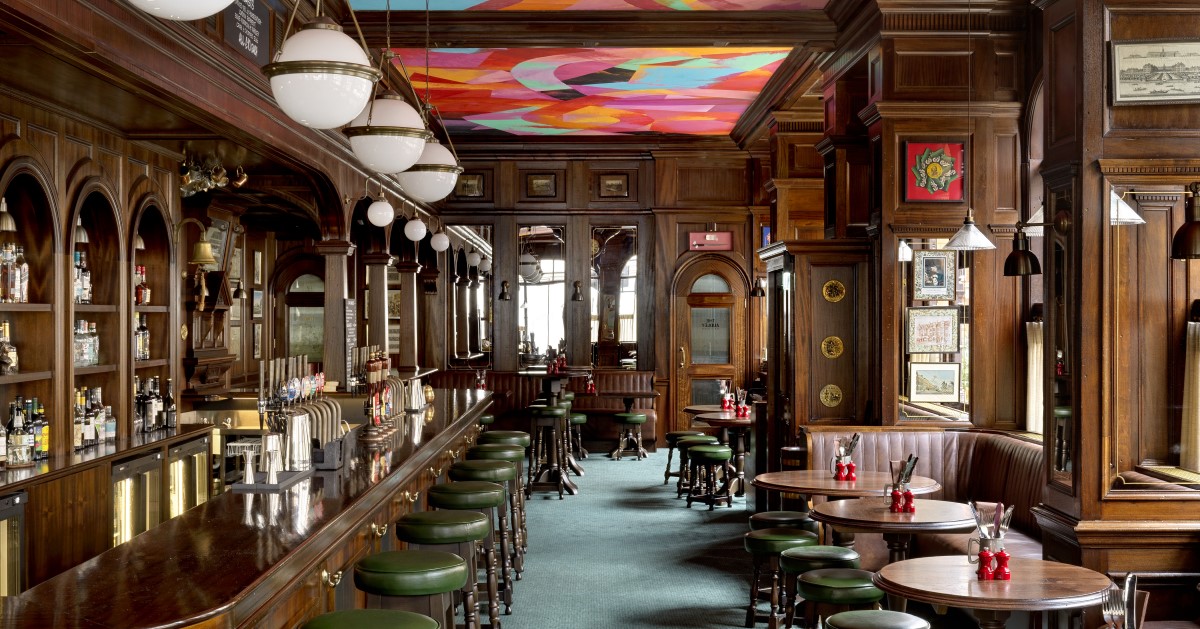Auction houses have seen healthy sales of wines and spirits over the past few months as the focus on digital attracts a more diverse – and younger – audience
Words Reyhaan Day
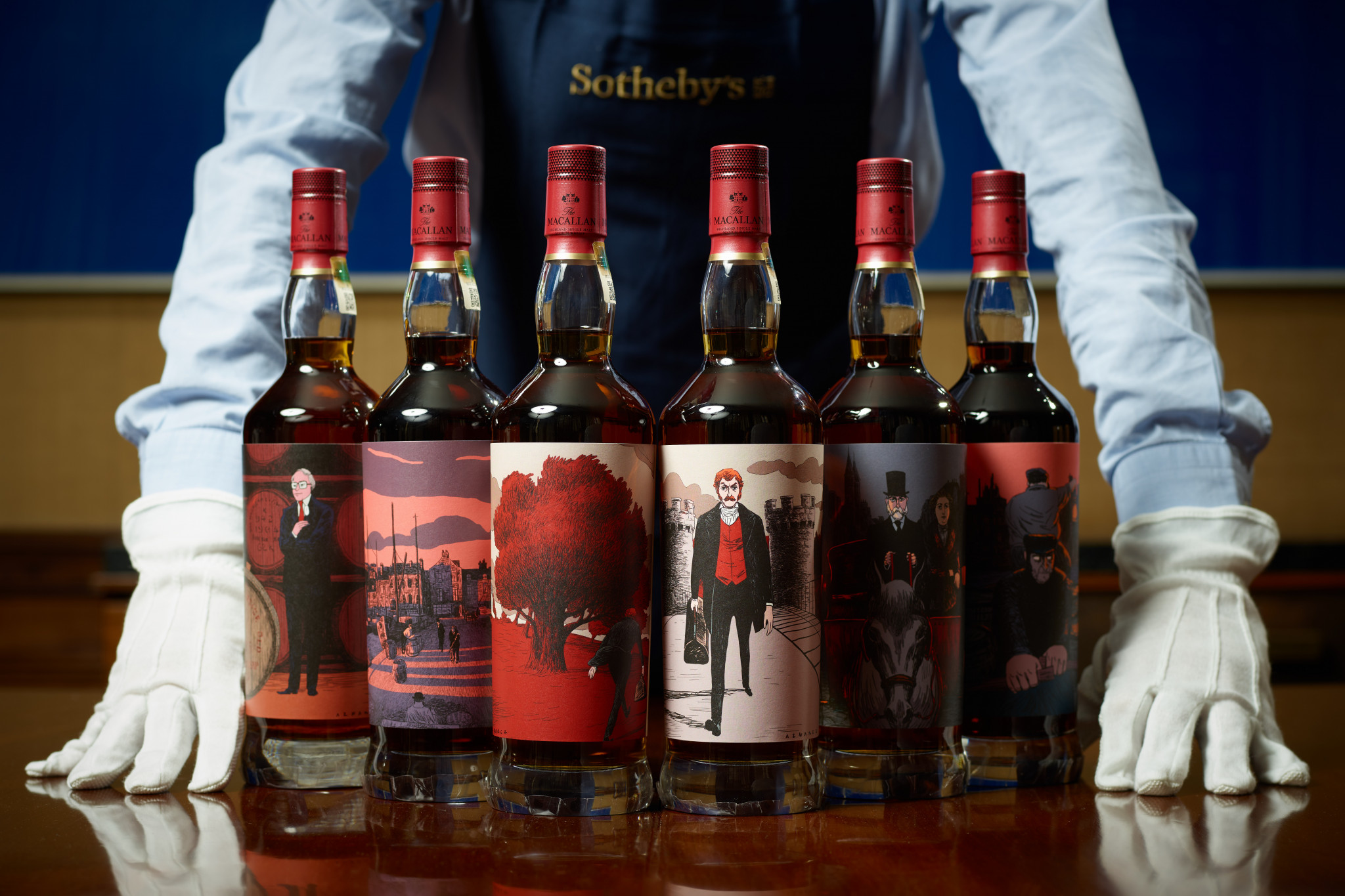
“Innovation has long been at the heart of Sotheby’s Wine, but never has it been quite so critical to our business as it has been over the past year,” explains Jamie Ritchie, worldwide head of Sotheby’s Wine.
“As the pandemic swept across the globe, we have adapted – transitioning our business online and embracing the endless possibilities that technology and the digital age have to offer.”
Ritchie says that Sotheby’s increased focus on digital means of business has encouraged a wider and more diverse audience than ever before – helping keep the sales of wine and spirits particularly healthy.
“The digital transformation in the wine and spirits business has been accelerated by five to 10 years as innovation, automation, simplicity and empowering clients is very clearly the future. These digital tools enable us to reach a much broader, younger and more dynamic market, while we continue to enjoy the support of our traditional clients.”
“In the first six months of 2020, we saw over 1,000 bidders participating from more than 40 countries”
“In response to the restrictions, we pioneered a live streaming system in which an auctioneer would be present in the saleroom as usual, but all bidding would be done remotely. That certainly increased the proportion of online bidding and we believe it has increased participation overall.”
“The market remains strong for both wines and whisky, at all price levels, with people over the past year having had time at home to focus on what is available – for current drinking or special occasions,” says Sotheby’s’ Ritchie.

Harvey similarly notes that for Bonhams’ Christmas London Fine and Rare Wine sale, “we had more registrants than ever before, and saw 94 per cent sold by lot and 95 per cent sold by value – a significant increase on the 2019 Christmas sale”. He says that it took 10 hours to complete the sale, which reflects the huge number of lots and the strong interest from buyers.
It is clear that audiences feel confident buying virtually than ever before. The uncertainty from buyers about spending big in the online sphere was perhaps one of the reasons why auction houses hadn’t fully embraced the digital format until lockdowns around the world had forced their hand.
Harvey says that when it comes to wine and whisky, potential buyers are more content to bid without seeing the lot in person.
“A bottle of wine or whisky is different from a painting, for example, where being able to see the work in person can be a factor in deciding whether to bid or not. For wine and whisky collectors, it is the content of a bottle that matters most, rather than its appearance. Each lot is accompanied by a condition report and there are often images on the website for those who want them. Our specialists are always available to answer questions.”
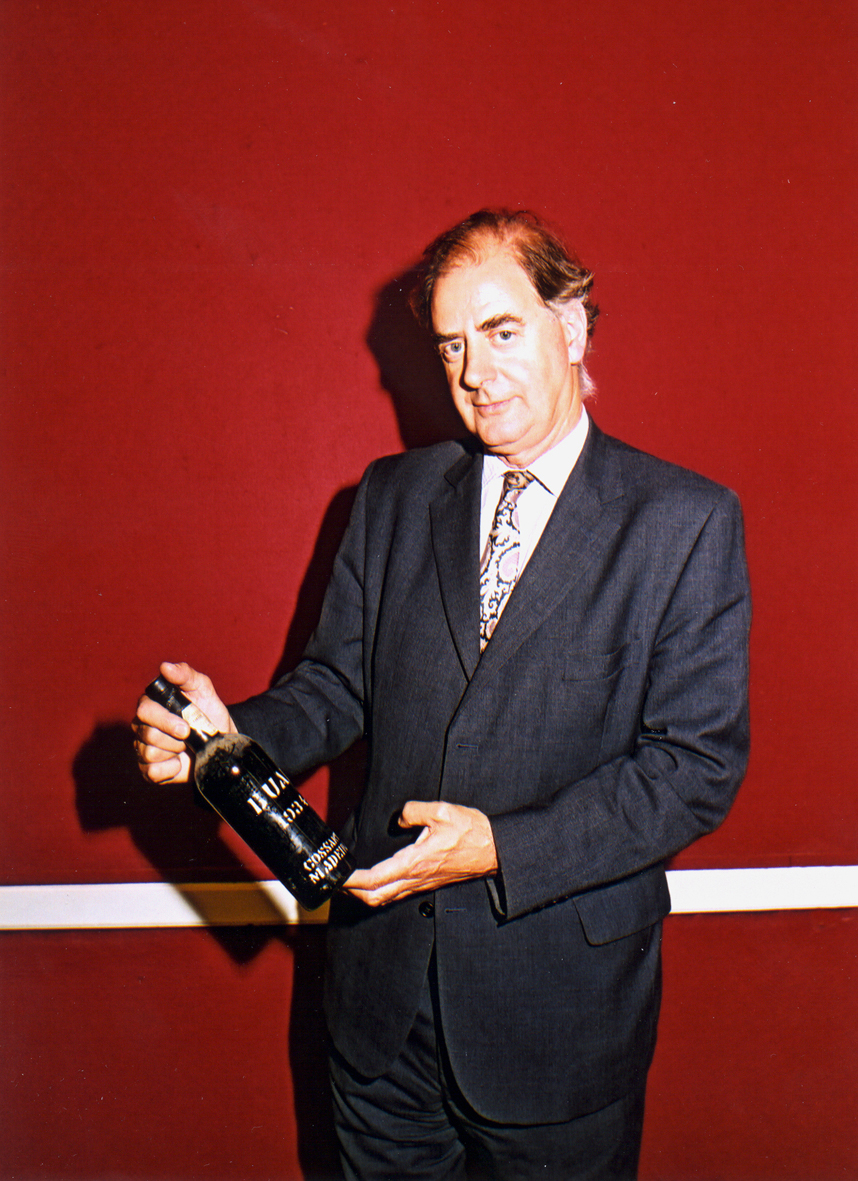
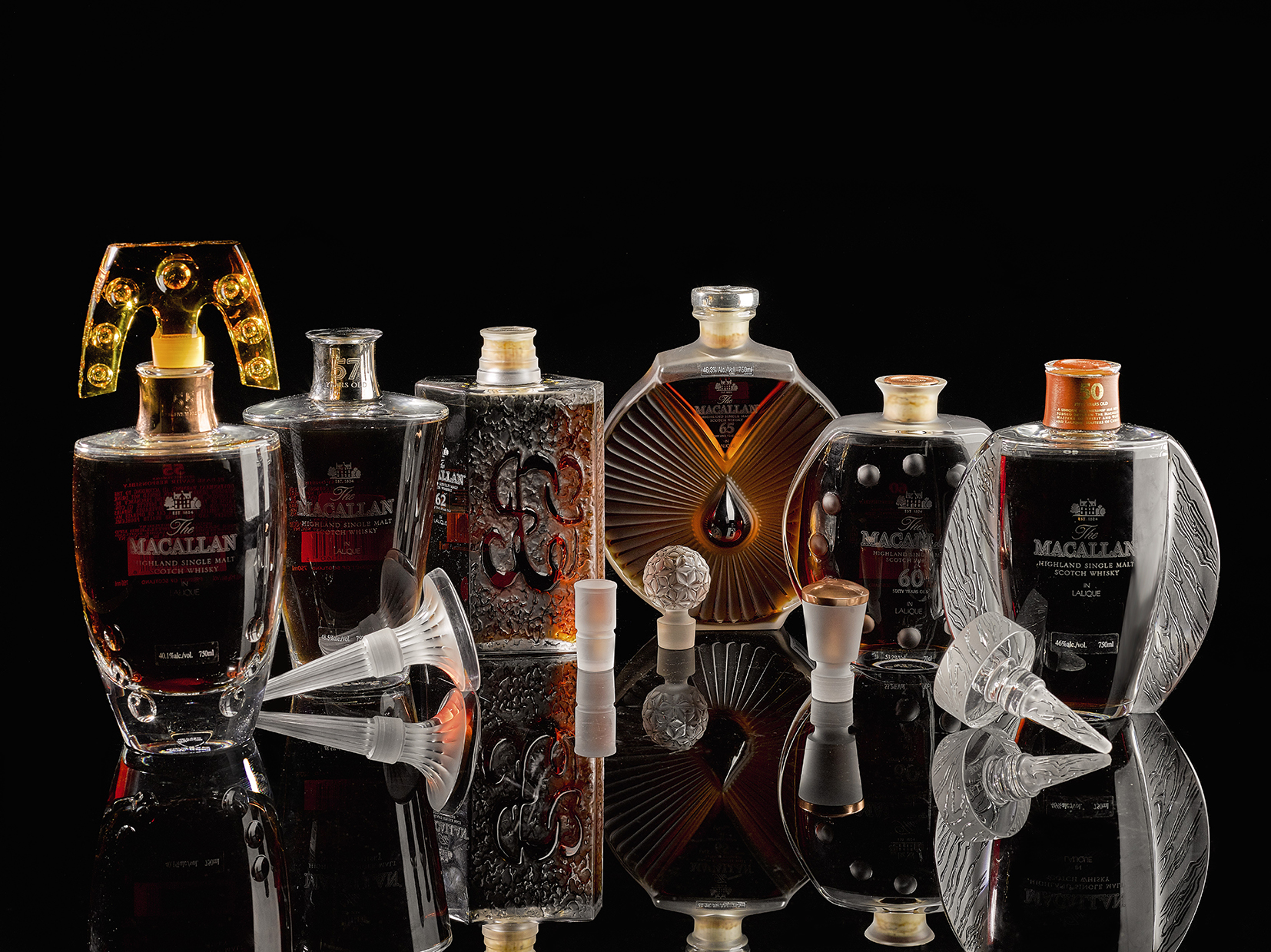
Sotheby’s spirits specialist Jonny Fowle says that landmark sales such as last year’s Ultimate Whisky Collection are also helping gain a new generation of potential buyers. “These undoubtedly attract buyers who might be just starting out on their journey into collectible spirits. The diverse range of whiskies in these sales, at various price points, provides an ideal jumping off point; and the excitement of these types of sales always engages a new, younger audience.”
Bonhams is also noticing an increase in the number of younger bidders. “At a recent whisky sale in Hong Kong, where we set a new world record for the Hanyu Ichiro ‘Full Card Series’, there was strong participation from young collectors – under 40 year olds – for the individual 54 bottles which make up the set,” says Harvey. “This trend has been noticeable for some time, and it’s driven by a combination of higher disposable incomes and the prestige which whisky enjoys.”
“The bottles we sell need to have something that captivates collectors”
“A typical wine auction will be around 600 lots strong and a whisky auction around 300 bottles from a wide variety of producers – providing a far wider choice than most traditional wine or spirits merchants would be able to offer,” explains Harvey.
“This can range from cases of Romanée Conti 1988 at £225,000 to cases of Fifth Growth claret for a few hundred pounds; or, in whisky sales, bottles of The Macallan 60 Year Old 1926 at more than £800,000 [Bonhams broke the world record twice in one day for this very rare release] to £200-300 for an interesting malt from a less well-known distillery.”
Richard Harvey believes that, while online only sales are certainly key to the future, there will always be a place for live auctions. “For the foreseeable future, there will probably be a mix as there is now,” he says. “Though we would expect to holdmore online-only sales, the live auction will continue to have its place. For instance, wine and whisky sales in Hong Kong have a social element to them and are normally well-attended; this is less of the case in the UK, where most bidding is done by phone, online or by leaving advanced bids.”
Ritchie also thinks live auctions will not totally yield to digital just yet. “The energy, excitement, glamour and theatre that we associate with auctions of the rarest items from the very best collections is the hardest to replicate online.”
